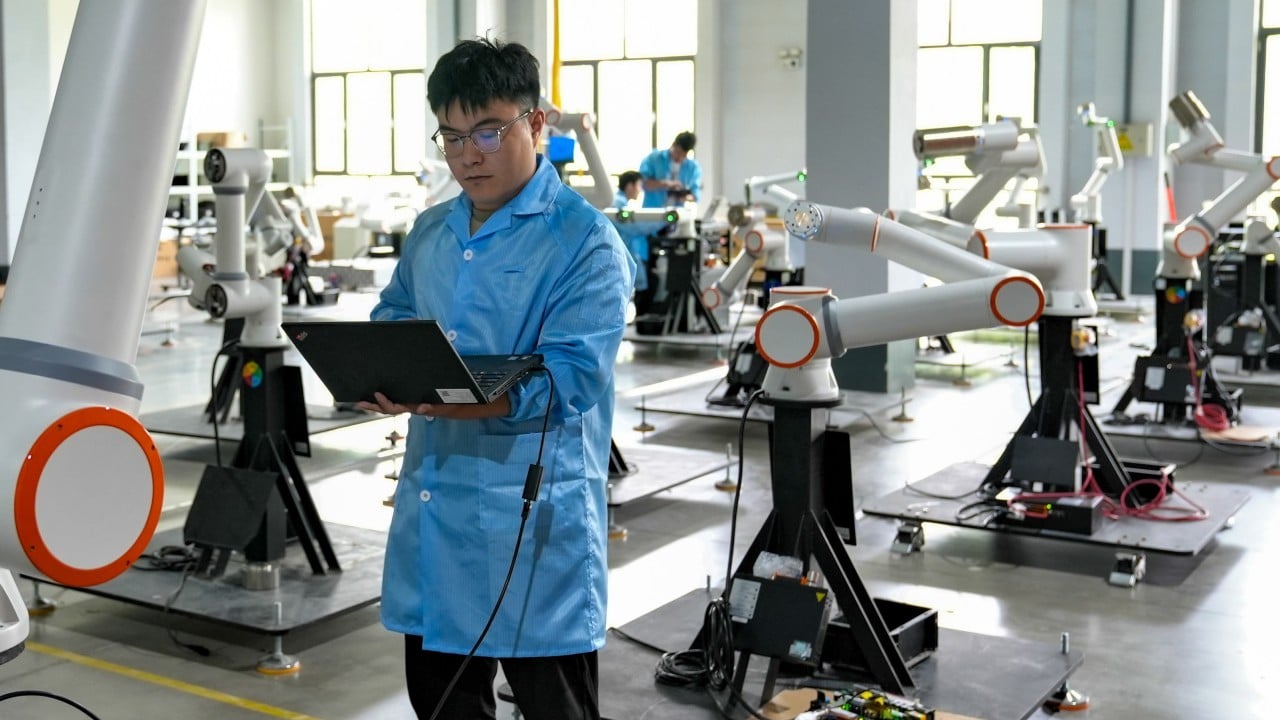How can China’s ultra-long-term special government bonds get its economic gears turning?


Against the backdrop of weak economic growth and subdued domestic demand, around 300 billion yuan (US$41.3 billion) worth of ultra-long-term special government bonds – being allocated to support industrial-equipment upgrades and a consumer goods trade-in programme – will play a crucial role in stabilising China’s economy in the second half of the year, according to analysts.
“Assuming that the 300 billion yuan fund can drive … 300 billion to 900 billion yuan worth of additional investment in the second half of the year, this could boost nominal economic growth by 0.4 to 1.3 percentage points in the second half, showing a significant impact,” Lu said in a report published on Friday.
China’s state planner and the Ministry of Finance said last week that approximately 148 billion yuan will be earmarked for updating equipment in key sectors and for scrapping and renewing old operational ships, while 150 billion yuan will be designated for renewals of old trucks, agricultural machinery, new-energy buses, automobiles and trade-ins of household appliances.
According to a report published on Sunday by GF Securities analyst Wang Dan, an estimated 100 billion yuan will be allocated for consumer product trade-ins. And with the 15 to 20 per cent household-appliance subsidy rate, and a passenger-car subsidy rate roughly estimated to be between 10 and 13 per cent, the 100 billion yuan could boost consumption by 666.7 billion to 769.2 billion yuan.
It will also boost both total retail sales and the portion of consumer spending in GDP by around 1.4 to 1.6 percentage points, Wang said.
“Assuming the policy effects are fully realised, and based on the 2023 ratio of consumer spending to nominal GDP at 39.2 per cent, the theoretical impact [of the 100-billion-yuan ultra-long-term bond] on nominal growth would be around 0.6 percentage points,” Wang explained.
China has been grappling with weak domestic demand, with growth levels in retail sales and fixed-asset investments, as well as real estate investment, continuing to disappoint.
Implementing this policy will be conducive to economic growth in the second half of the year
China has banked on industrial and equipment upgrades and consumer goods to revive its sluggish economic growth, but business and consumer confidence has remained tenuous while many people – faced with uncertain employment prospects and potential pay cuts and lay-offs – have grown increasingly careful about spending their hard-earned money.
In addition, it is estimated that 200 billion yuan of the 300 billion ultra-long-term bond total will be allocated to corporate industrial equipment upgrades, which could drive investment of around 1 trillion to 2 trillion yuan, boosting fixed-asset investments by 2 to 4 percentage points, according to estimates in the GF Securities report.
“Given the lack of local infrastructure projects and the slow progress of special bond issuance in the first half of the year, investing in equipment upgrades and trade-ins should yield higher marginal benefits,” the report said. “Implementing this policy will be conducive to economic growth in the second half of the year.”
Source link



